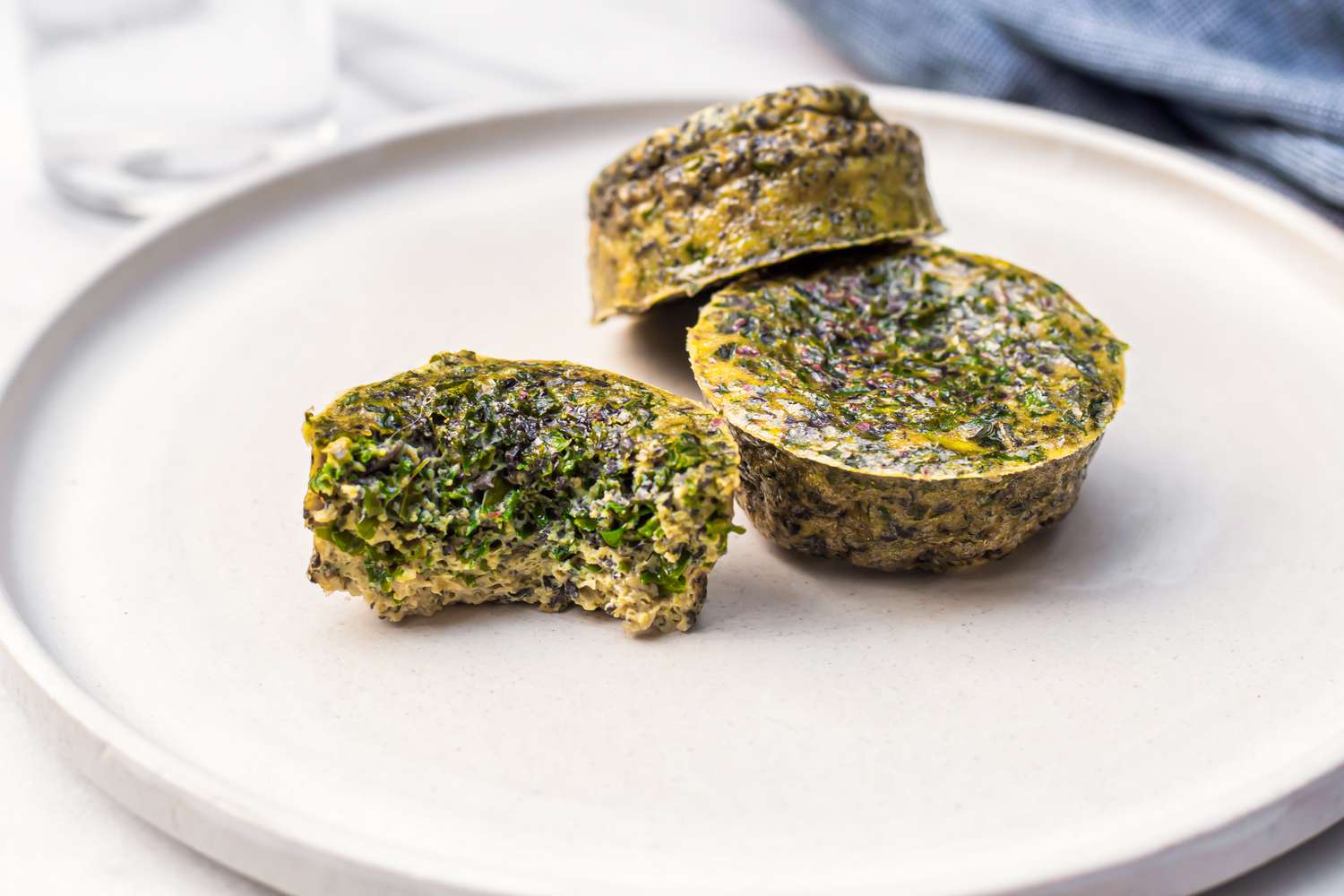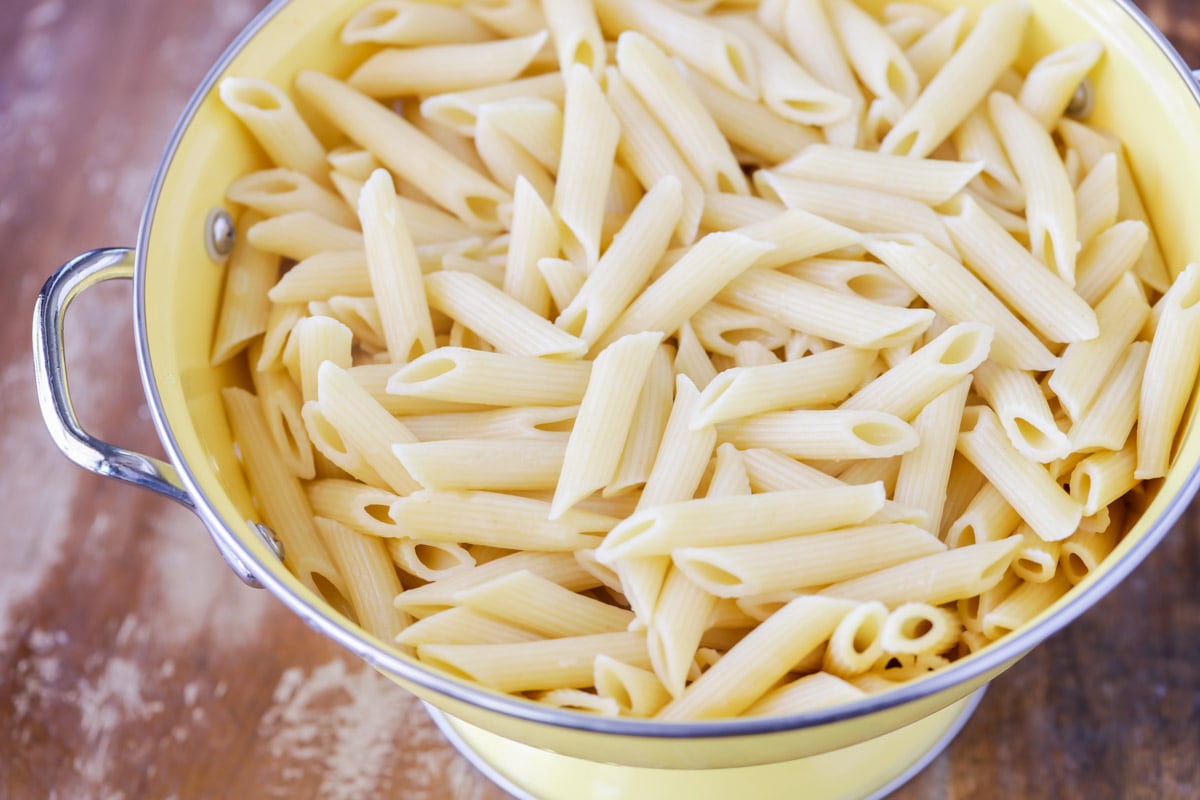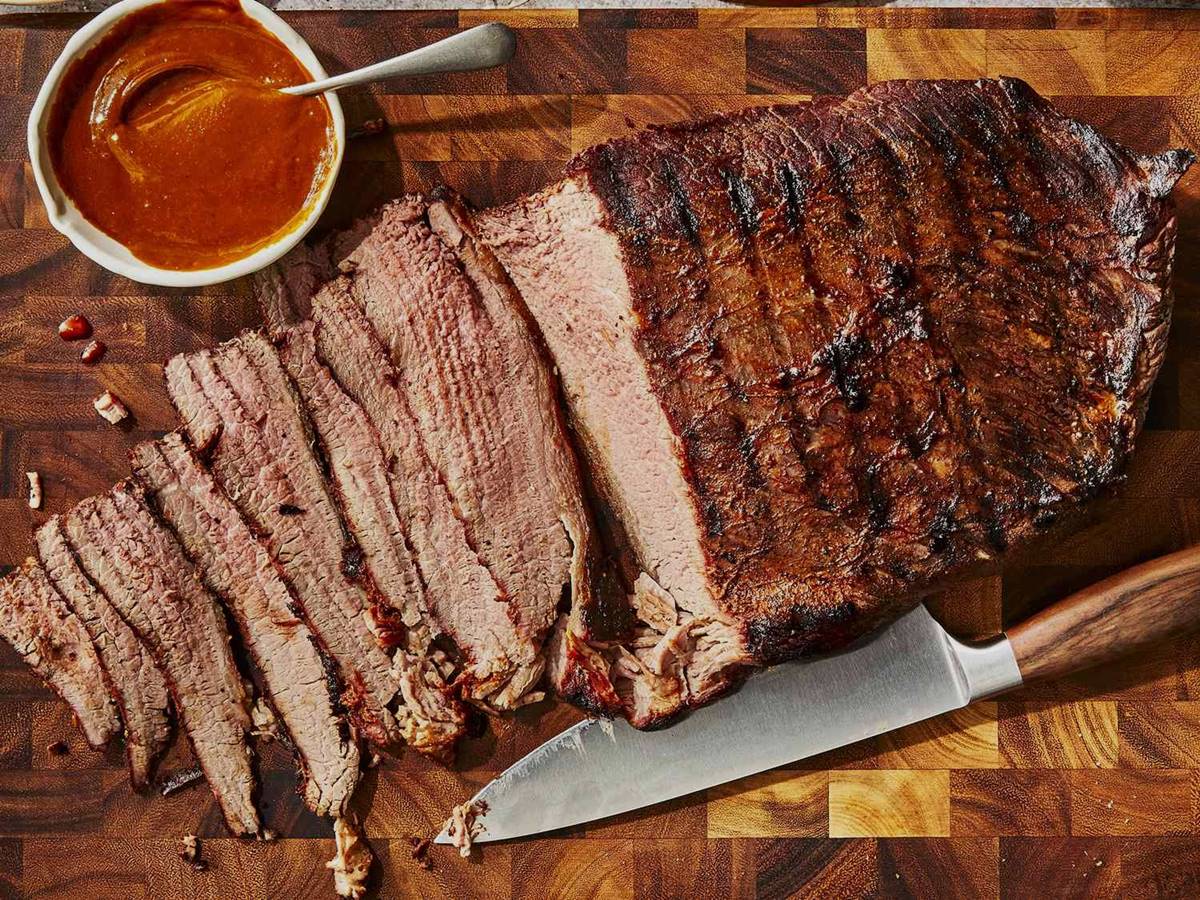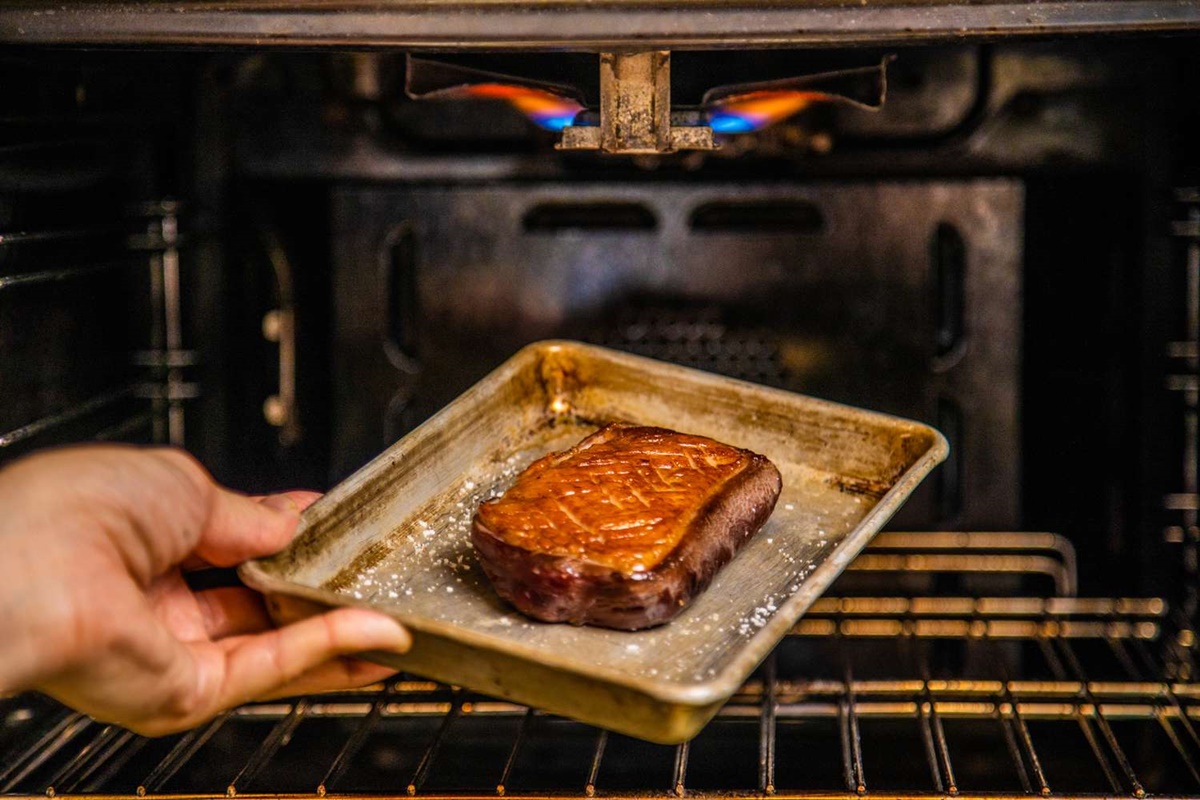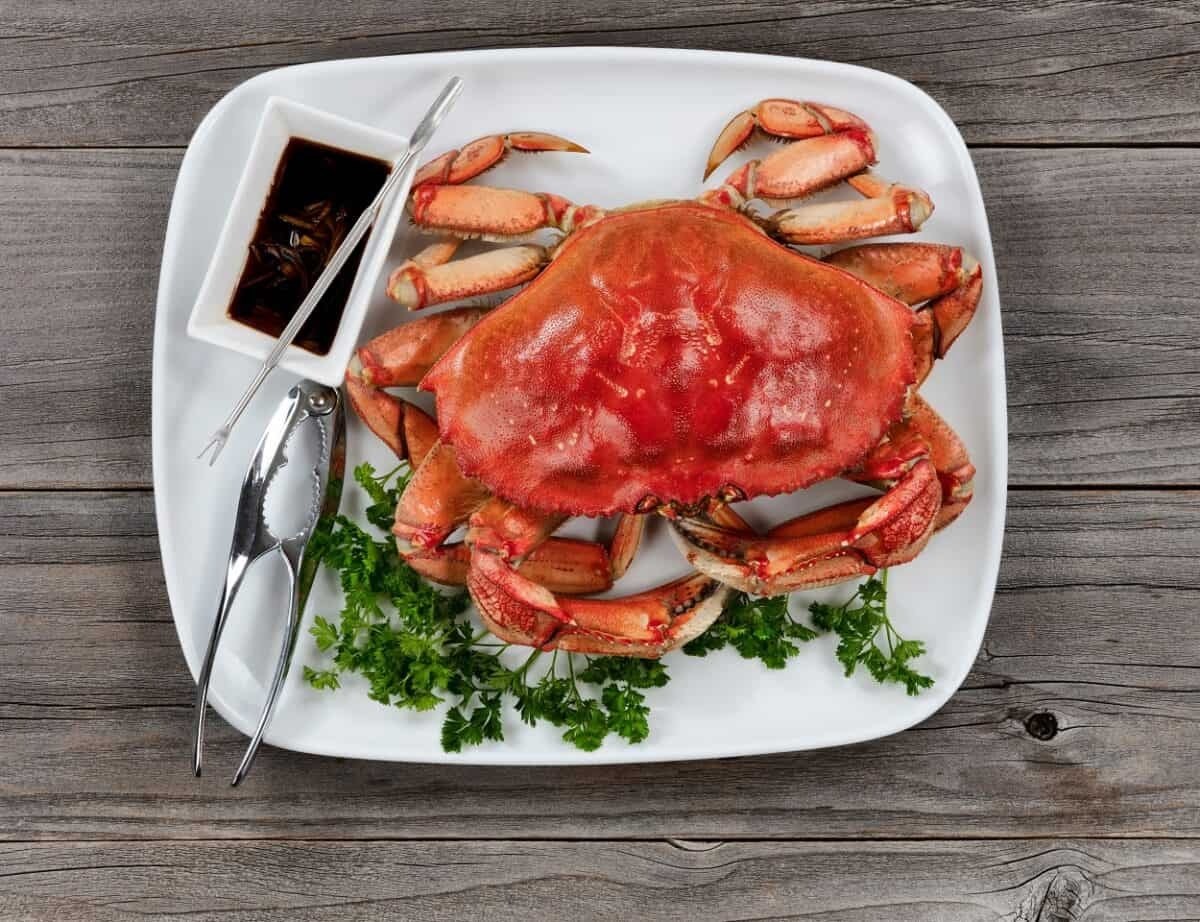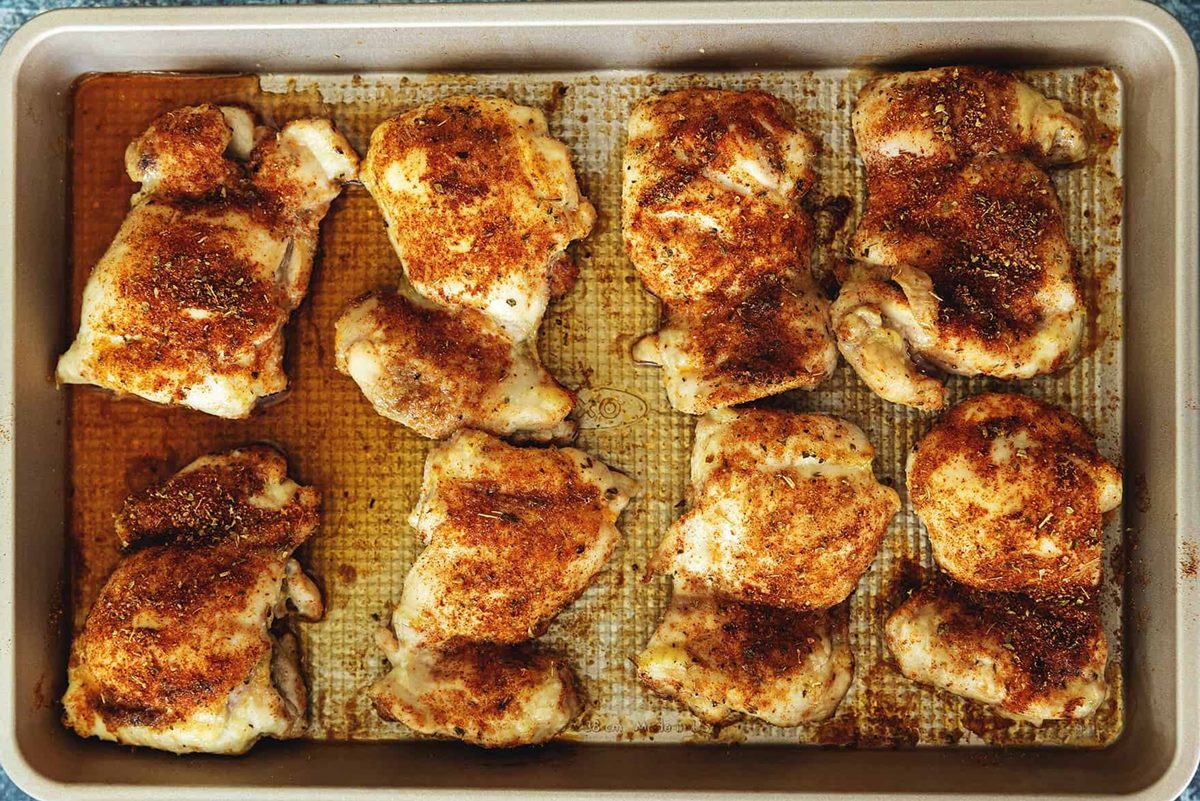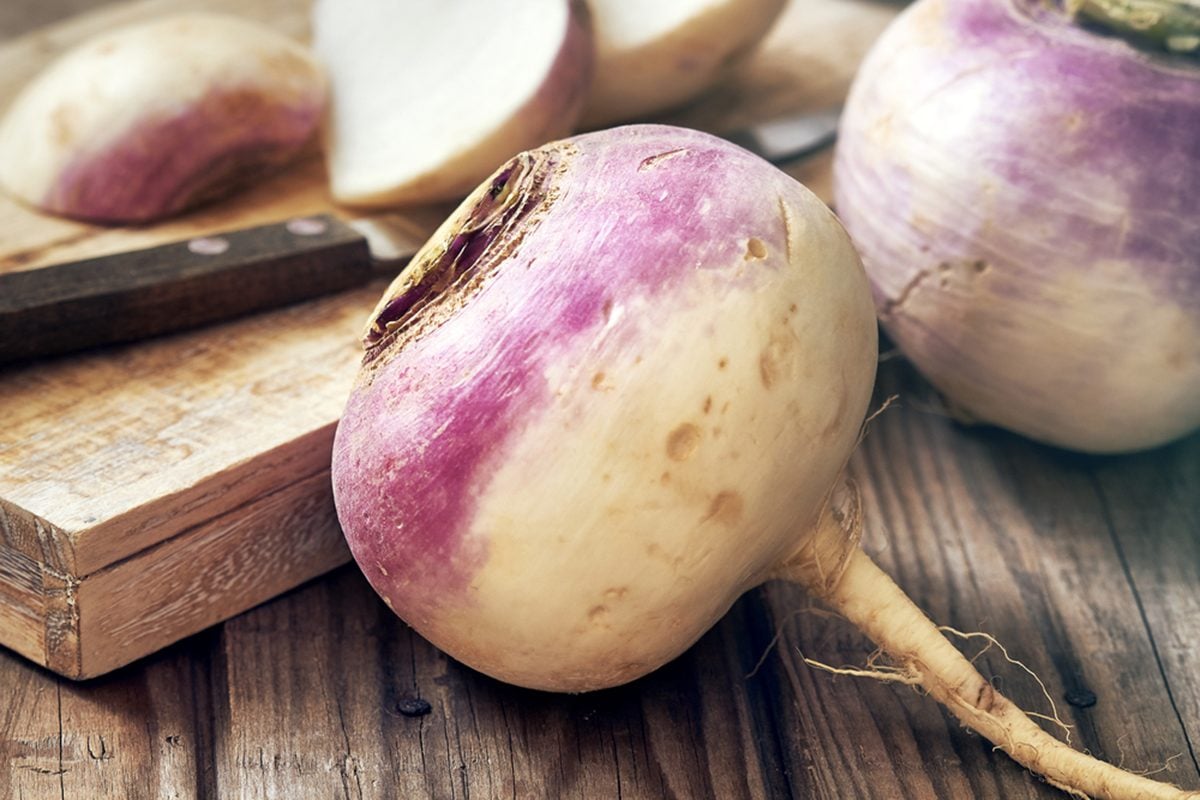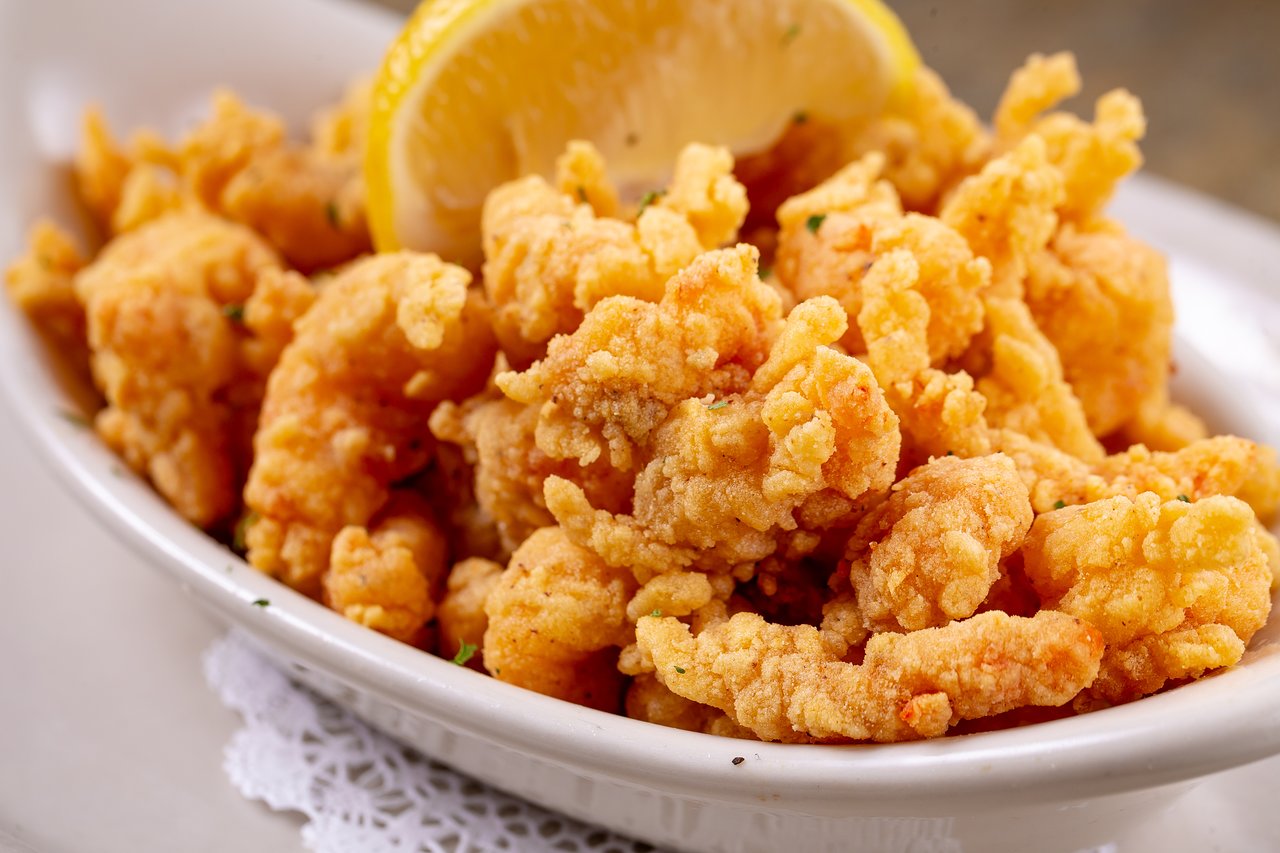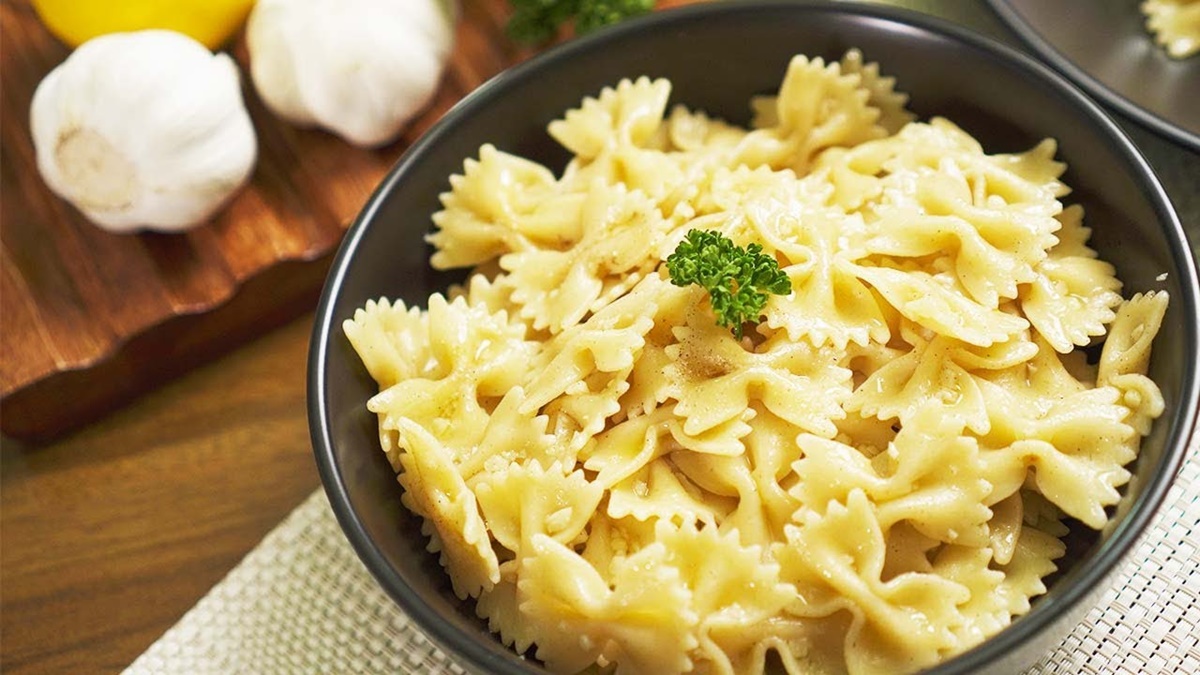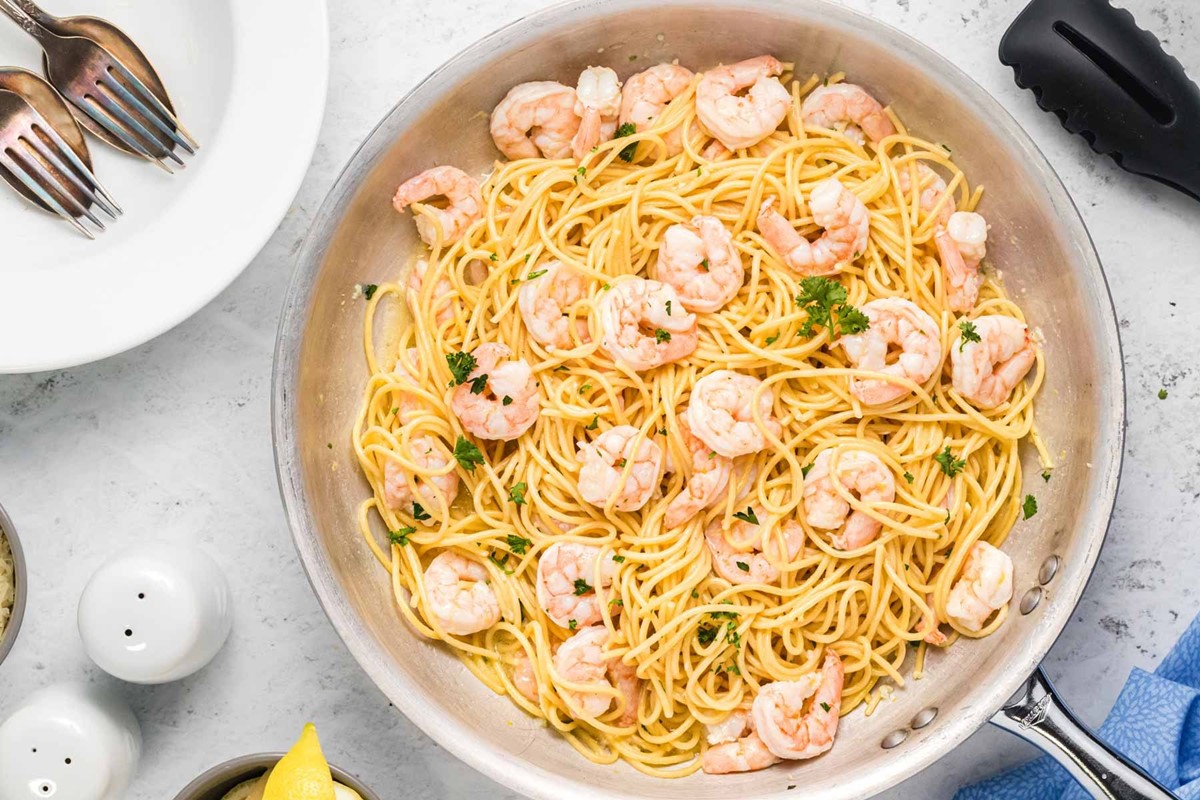Discover the Secret to Perfectly Cooked Tuna in the Oven
Are you craving a delicious and healthy seafood dish? Look no further than the oven! Cooking tuna in the oven is a fantastic way to bring out its natural flavors and create a mouthwatering meal. Whether you’re a seasoned chef or a beginner in the kitchen, this step-by-step guide will help you achieve perfection.
Choose the Right Tuna Steak
The first step in cooking tuna in the oven is selecting the perfect tuna steak. Look for fresh tuna that is firm, with vibrant red or pink flesh. Opt for wild-caught tuna for the best flavor and sustainability. Aim for steaks that are at least 1 inch thick to ensure even cooking.
Preheat the Oven
Before you start cooking, preheat your oven to 400°F (200°C). This will ensure that the tuna cooks evenly and locks in the flavors.
Marinate for Flavorful Results
Marinating your tuna steak is an excellent way to infuse it with additional flavor. Create a marinade using olive oil, lemon juice, minced garlic, and your favorite herbs and spices. Submerge the tuna steak in the marinade and let it rest for at least 30 minutes. This will tenderize the fish and enhance its taste.
Prepare the Tuna Steak
Remove the tuna steak from the marinade and pat it dry with a paper towel. Season both sides with sea salt and freshly ground black pepper for a simple yet delicious taste. You can also add a pinch of paprika or cayenne pepper for an extra kick.
Cooking Methods
There are two popular methods for cooking tuna in the oven: searing and baking. Both methods produce mouthwatering results, so choose the one that suits your taste preferences.
- Searing: Heat a skillet over high heat and add a drizzle of olive oil. Once the skillet is hot, carefully place the tuna steak into the pan and sear it for 1-2 minutes on each side. This will create a golden crust while keeping the center rare or medium-rare. Transfer the seared tuna to a baking dish and continue to the next step.
- Baking: For a more hands-off approach, place the seasoned tuna steak directly onto a baking sheet lined with parchment paper. Bake it in the preheated oven for 10-15 minutes, depending on the desired level of doneness. Keep in mind that tuna is best enjoyed when slightly pink in the center.
Rest and Serve
Once the tuna is cooked to perfection, remove it from the oven and let it rest for a few minutes. This rest time will allow the juices to redistribute, resulting in a tender and flavorful steak. Slice the tuna against the grain into thin strips and serve it with your favorite side dishes, such as a refreshing salad or roasted vegetables.
Now that you know how to cook tuna in the oven, you can impress your family and friends with a restaurant-quality dish right in your own kitchen. Experiment with different marinades and cooking times to find your perfect combination. So go ahead, give it a try, and savor the delectable flavors of oven-baked tuna!
For those looking to explore the oven cooking of tuna, there are several standout recipes to try. The Honey Mustard Glazed Tuna Steaks offer a delightful blend of sweet and tangy flavors that pair perfectly with the richness of tuna. For a more refreshing and zesty option, Oven-Baked Lemon Garlic Tuna Steaks is an excellent choice, combining citrus and garlic for a light yet flavorful dish. If you're in the mood for something with a bit of a kick, the Spicy Cajun Tuna Steaks will not disappoint, infusing your tuna with bold, spicy seasonings. Another must-try is the Mediterranean Herb Crusted Tuna, which brings a taste of the Mediterranean to your table with its aromatic herb crust. Lastly, Sesame-Crusted Oven-Baked Tuna delivers a unique texture and nutty flavor that complements the tuna beautifully. Each of these recipes provides a distinct and delicious way to enjoy tuna, showcasing the versatility of this fish when cooked in the oven.
Was this page helpful?
Read Next: How To Cook Noodles In The Oven
